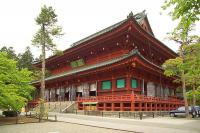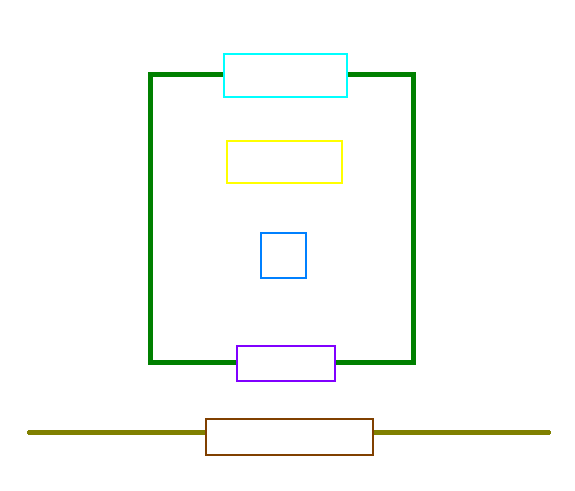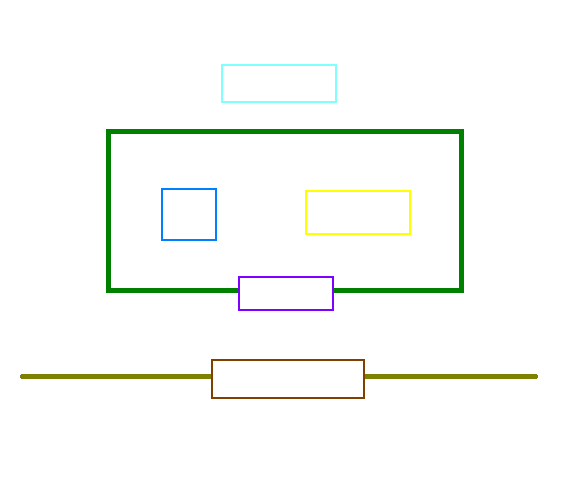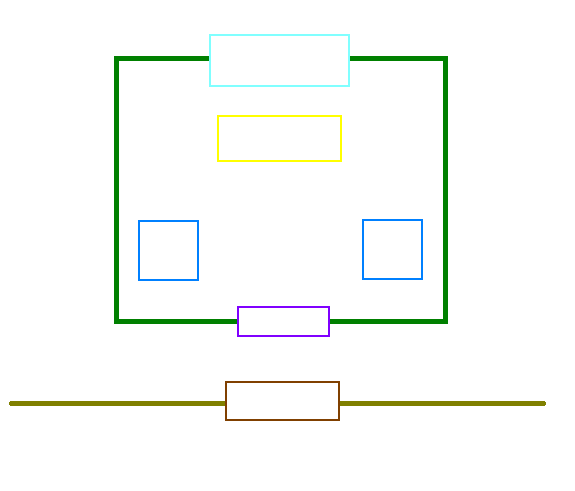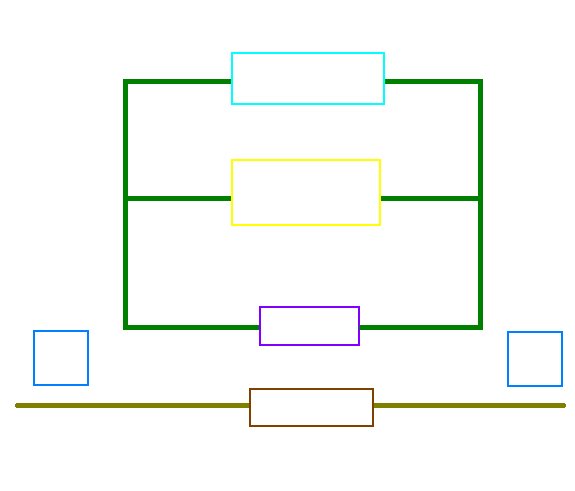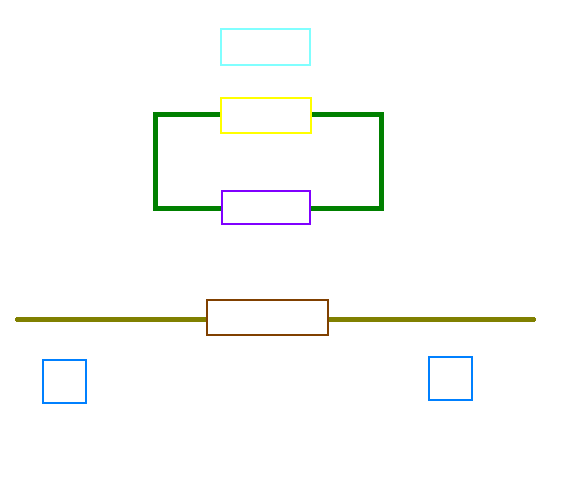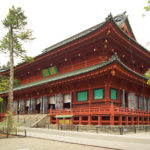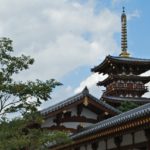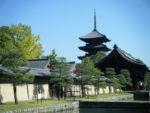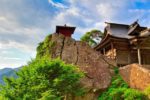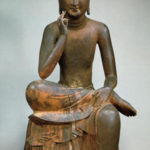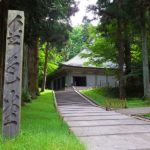Table of Contents
Japanese Buddhism temples
The introduction of Buddhism with Buddha statue as present, via the country of Kudara, on the Korean Peninsula, to Japan was at the end of the 6th century(learn more about Buddha statue in Japan).
And Hokoji Temple (法興寺), Asuka-dera(飛鳥寺), was built as the first regular Buddhism Temple in Japan. But the oldest wooden structure in the world is the Saiin Garan(西院伽藍), the Western Precinct, of Horyuji Temple(法隆寺).(learn more about the culture of Asuka Period)
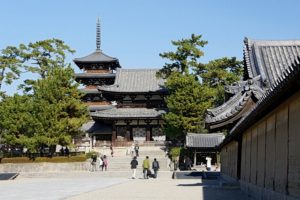
In the history of Japan, the main political function was placed in Nara, Kyoto, Kamakura, and Tokyo. Although there are more than 75,000 temples in Japan, the famous temples get together on the areas.
The formal way to pray at a temple
1.Bowing once before going through a main gate

2.Purifying at Chozuya(手水舎)
The way of Chozu
- Ladle up water with the right-hand
- Purify the left-hand
- Pass the ladle to the left-hand
- Purify the right-hand
- Pass the ladle to the right-hand
- Pour water in the left-hand and
- Rinse the mouth lightly
- Make the lade vertical to wash itself

3.Offering the incense sticks at Koro(香炉)

4.Making a bow and throwing a coin into the offertory-box

5.Put the hands together and praying
6.Bowing once
This is the officilal way to pray at a temple. But actually, many of Japanese don’t practice it or know perfectly. So please remember 4, 5, and 6 for the time being!
World Heritage of temples in Japan
Nara prefecture
- Horyuji (法隆寺)
- Houkiji (法起寺)
- Todaiji (東大寺)
- Kofukuji (興福寺)
- Gangoji (元興寺)
- Yakushiji (薬師寺)
- Toshodaiji (唐招提寺)
Kyoto prefecture
- Toji Temple/Kyoo-Gokokuji (東寺/教王護国寺)
- Daigoji (醍醐寺)
- Enryakuji (延暦寺)
- Kiyomizudera(清水寺)
- Byodoin (平等院)
- Ninnaji (仁和寺)
- Kinkakuji /Rokuonji (金閣寺/鹿苑寺)
- Tenryuji (天龍寺)
- Saihoji (西芳寺)
- Kozanji (高山寺)
- Nishi-Honganji (西本願寺)
- Ryoanji (龍安寺)
- Ginkakuji /Zishoji (銀閣寺/慈照寺)
Nikko, Tochigi prefecture
- Rinnoji (輪王寺)
Kii Mountain Range, Wakayama and Nara prefecture
- Koyasan, Kongobuji(高野山 金剛峰寺)
- Fudarakusanji (補陀落山寺)
- Seigantoji (青岸渡寺)
- Kinpusenji (金峯山寺)
- Oominesanji (大峰山寺)
Iwami Ginzan, Shimane prefecture
- Rakanji (羅漢寺)
Hiraizumi, Iwate prefecture
- Chusonji (中尊寺)
- Motsuji (毛越寺)
Sponsored Links
To the top of the page
The transition of the arrangement
From Asuka Period to Nara Period, the arrangement of building in garan got changed the styles.
- light blue:Kodo 講堂(auditorium, lecture room)
- green:Kairo回廊(corridor)
- yellow:Kondo金堂(great Buddha hall)
- blue:Tou塔(pagoda)
- purple:Chumon中門(inner portal)
- brown:Nandaimon南大門(south main portal)
Asuka-dera(Houkouji) style
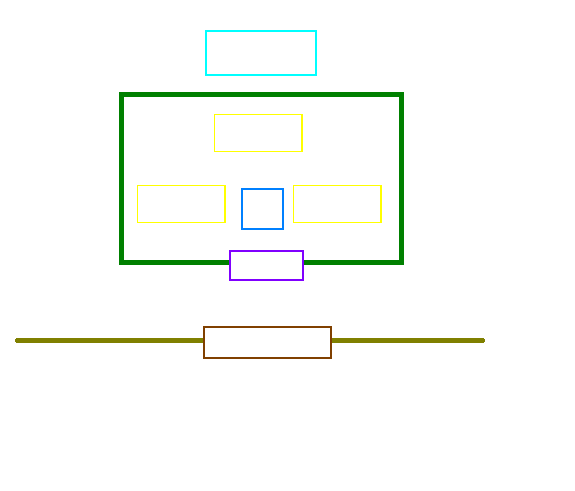
Shitennoji style
Horyuji style
Yakushiji style
Todaiji style
Daianji style
The word of “Tou” was from “Stupa”in Sanskrit, which meant a building to place the bone of Buddha. Kondo is the place for principal Buddha statue. And it became to occupy an important position in garan.
Since Heian Period
In Heian Period, the capital was moved to Kyoto. The arrangement of the temple had so various pattern since the period. Hoodo Hall of Byodoin Temple in Uji City, Kyoto Prefecture. The temple was built with the idea of “Mappo-Shiso”(末法思想), pessimism due to decadent-age theory, and for realizing “Gokuraku-Jhodo”(極楽浄土), the Buddhist Paradise.
And Tendai Buddhism(天台宗) was introduced by Saicho and he founded Enryakuji Temple on Mt. Hiei. After that, Kukai began Shingon Buddhism(真言宗) and Koyasan-Kongobuji(高野山金剛峰寺) in Wakayama prefecture.
Some new Buddhism sect were launched in Kamakura Period, called Kamakura Buddhism(鎌倉仏教). Rinzai sect(臨済宗), the branch of Zen sect was based in Kamakura city, Kanagawa prefecture.
In Muromachi Period, the unique styles were seen including Kinkakuji Temple(金閣寺) and Ginkakuji Temple(銀閣寺). And “Karesansui”(枯山水), a dry landscape with rock garden in zen temples, was developed in the period.
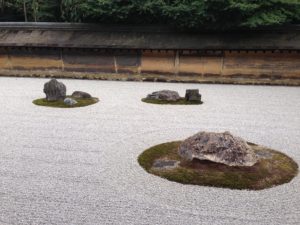
The rock garden of Ryoanji
Until Edo Period, Buddhism had kept influence in Japan. But the government adopted the policy to establish Shinto as the state religion in the early Meiji Period. It led the headwind for Buddhism.
Haibutsu-kishaku(廃仏毀釈) was the movement of demolishing the temples and the Buddha statues. For example, Kofukuji was ordered to donate the most of their territory to the governmet and destroied the wall, the hall, and the warehouse.
After the calamity, the monks and the believers devoted to repair the temples. And now, we can see them.
Sponsored Links

 Horyuji
Horyuji Hokkiji
Hokkiji Todaiji
Todaiji Kofukuji
Kofukuji Yakushiji
Yakushiji Toshodaiji
Toshodaiji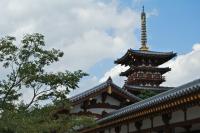
 Toji
Toji Daigoji
Daigoji Enryakuji
Enryakuji Kiyomizudera
Kiyomizudera Byodoin
Byodoin Ninnaji
Ninnaji Kinkakuji/Rokuonji
Kinkakuji/Rokuonji Tenryuji
Tenryuji Saihoji
Saihoji Kozanji
Kozanji Nishi-honganji
Nishi-honganji Ryoanji
Ryoanji Ginkakuji/Zishoji
Ginkakuji/Zishoji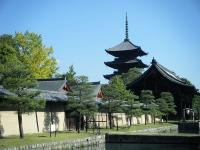
 Rinnoji
Rinnoji Kimpusenji
Kimpusenji Fudarakusanji
Fudarakusanji Seigantoji
Seigantoji Koyasan, Kogobuji
Koyasan, Kogobuji Oominesanji
Oominesanji Rakanji
Rakanji Chusonji
Chusonji Motsuji
Motsuji